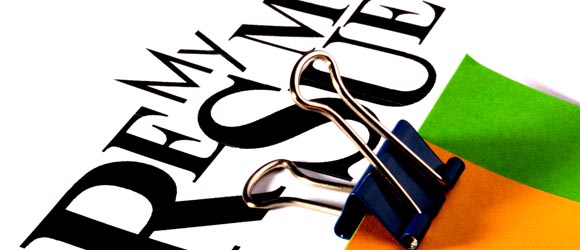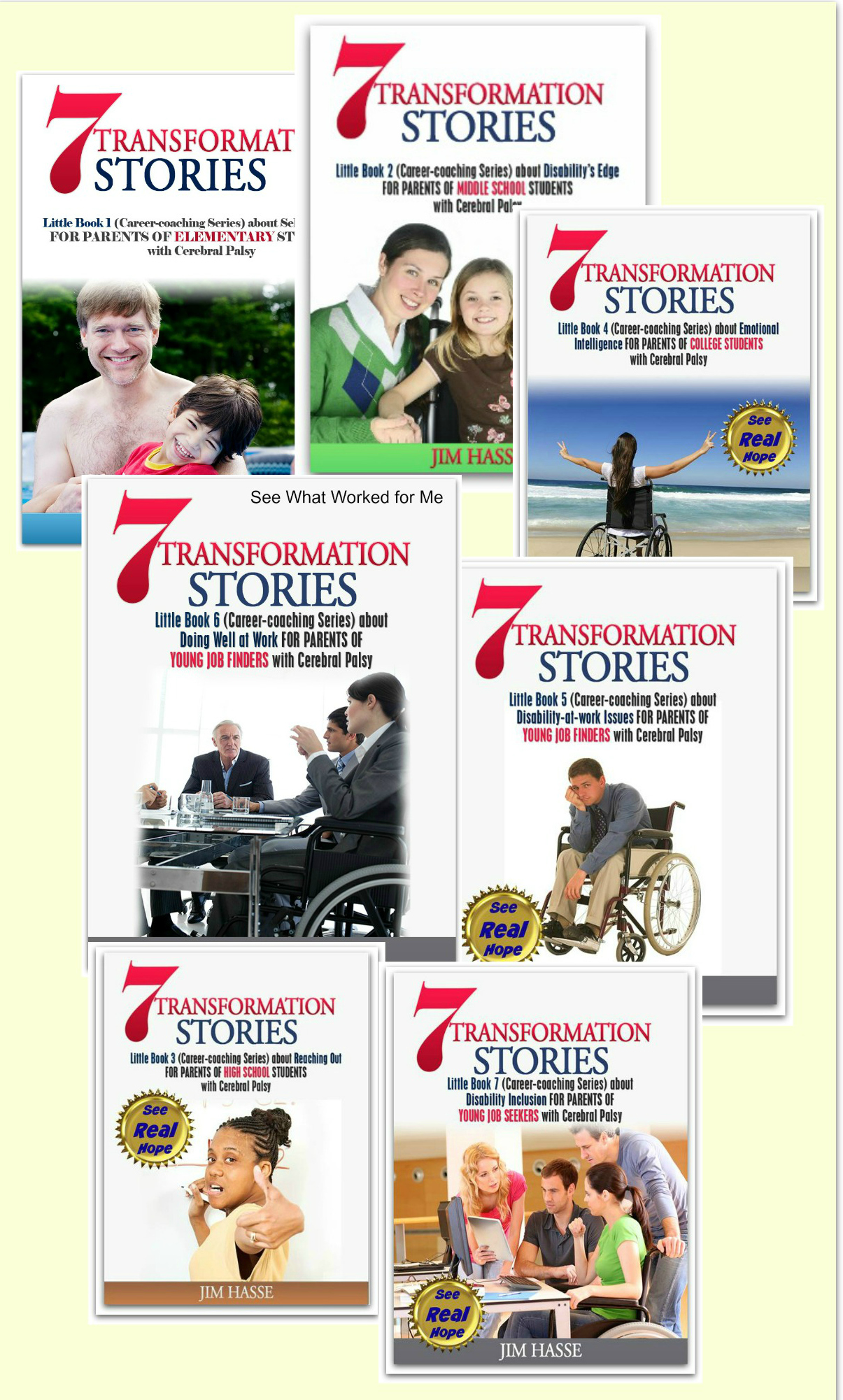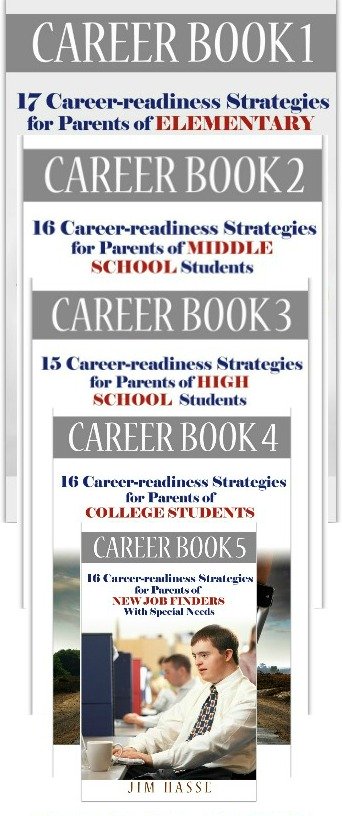Sample Functional Resume: Cerebral Palsy Career Builder for Job Seekers
By Jim Hasse, ABC, GCDF, Disability Employment Expert
_________________________________________________________
Here's a sample functional resume you can give to your job seeker with cerebral palsy (CP) when he or she needs a process for identifying key accomplishments to highlight in a resume.
That sample functional resume (one that highlights work results instead of a chronological work history) happens to be my own – one that is based on my personal definition of success.
This article shows how I took my critical first steps in building the framework for my current resume -- a framework I started developing in 1993.
Before building that framework, I recognized, after some soul searching, that I'm “accomplishment motivated.” In other words, I feel successful when I know I’ve completed a task, and that task was done well.
That understanding helped me identify my most important workplace accomplishments and the key success factors within those accomplishments which would likely drive my future achievements.
“Accomplishments” and “key success factors” were the key elements I used in building my resume – my sample functional resume.

Identifying my “key success factors”
I used the following eight steps to examine my work experience, review my accomplishments and identify my key success factors -- an essential, initial exercise before I developed my resume and charted a path to my next career position.
- Listed
my functional experiences on the job as well as in volunteer positions.
- Identified
three to five over-arching, key success factors which contributed to the accomplishments I listed as functional experiences
in step one.
- Defined
briefly what these key success factors meant to me in terms of the
individual skills and personal qualities I used to build the
accomplishments I listed in step one.
- Selected
three to five individual skills/personal qualities from the list in step
three which most closely apply to the accomplishments I listed in step
one.
- Ranked
these five skills/qualities I possess according to how strong they are in
me, how useful they've been to me and how enjoyable they've been to me.
- Matched
my key success factors I identified in step two with the five
skills/qualities I ranked in step five according to strength.
- Cited
two specific examples of functional experience I listed in step one to
illustrate those key success factors/skills/ qualities.
- Chose the best functional experience example of the two in each case.
Building my resume
Here's how I used my key success factors to build my resume – a sample functional resume that you can recommend as guide for your job seeker:
- I
rearranged my key success factors, skills and qualities, putting the most
important first, and pruned them from five to four.
- This
list identified me as a resource person for defining direction and
managing change within an organization. To me, that could be summed up in
two words: “Gaining Alignment.” “Gaining Alignment” became the
"hinge" for putting the pieces of my resume together.
- I
now converted my four key success factors, skills and qualities into four
key result areas, using action verbs to succinctly describe essential
activities involved in each of the functional experience examples I had
previously chosen. For each, I then added more concrete results. So I
ended up with one page which highlighted my functional experience.
- This
one-page statement of my functional experience became the core of my resume,
a 17-by-11 sheet of very light gray cover stock folded in half. It became
my second page. The fourth page (or backside) of my one-fold pamphlet
(resume) I left bank.
- The
third page included these four sections: Professional Experience,
Education, Professional Affiliations, and Other Commitments.
- I
carried the "Gaining Realignment" theme from page two
(functional experience) to the front page of my resume by citing a
favorite quotation that defined
what those two words meant to me.
Here is that quotation:
“When you identify with your company’s purpose,
when you experience ownership in a shared vision,
you find yourself doing your life’s work,
instead of just doing time.”
- John Naisbitt
Futurist, author
I now see, almost 20 years later, that “Gaining Alignment” still works as my two-word statement of my purpose in life. I’ve been out of the business communications field for two decades, but, as someone who is focused on disability employment issues, I’m now helping job seekers align themselves with the needs of employers -- a different venue but same purpose.
My recommendations
Help your new job seeker identify his or her key success factors, workplace skills and personal qualities and convert them into a one-page statement of concrete results wrapped around functional experience.
Your youngster’s key search words for resume databases will pop out of his or her statement of functional experience.
With those key words as
a core, your young job seeker can adapt his or own sample functional resume to
a wide variety of uses in an effective job marketing campaign.
Return
from Sample Functional Resume to Job Finder
Go to Cerebral Palsy Career Builder
This is Creative Commons content. You can freely and legally use, share and repurpose it for non-commercial purposes only, provided you attach this sentence and the following attribution to it (including the two links):
Originally written and illustrated by Jim Hasse, ABC, GCDF, owner of Hasse Communication Counseling, LLC, who, as a person with cerebral palsy, served for 10 years as a vice president in a Fortune 500 company during his 29-year career in corporate communication. He’s an Accredited Business Communicator, certified as a Global Career Development Facilitator and author of 14 Amazon books about disability awareness and disability employment issues.





